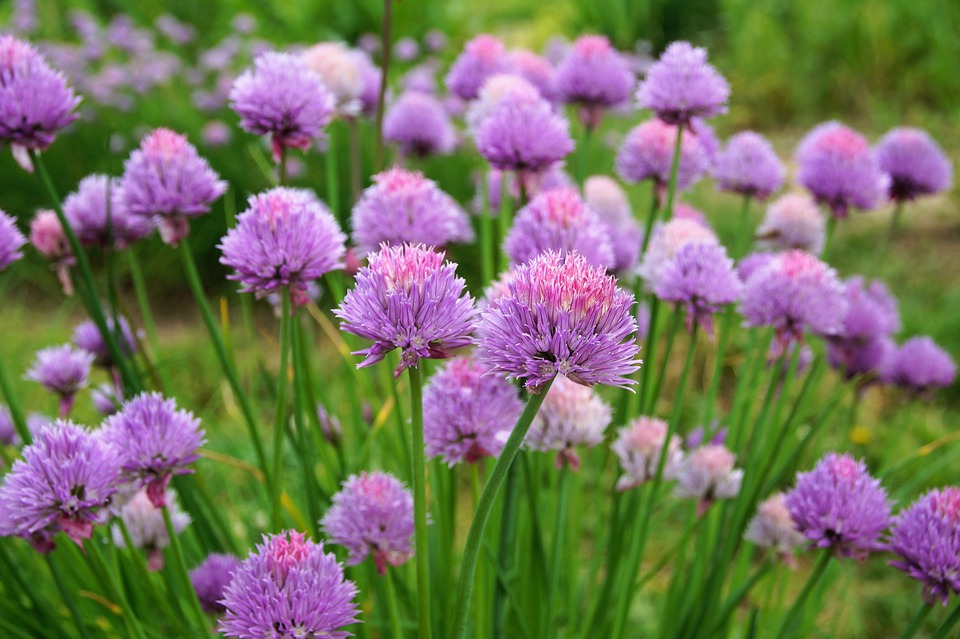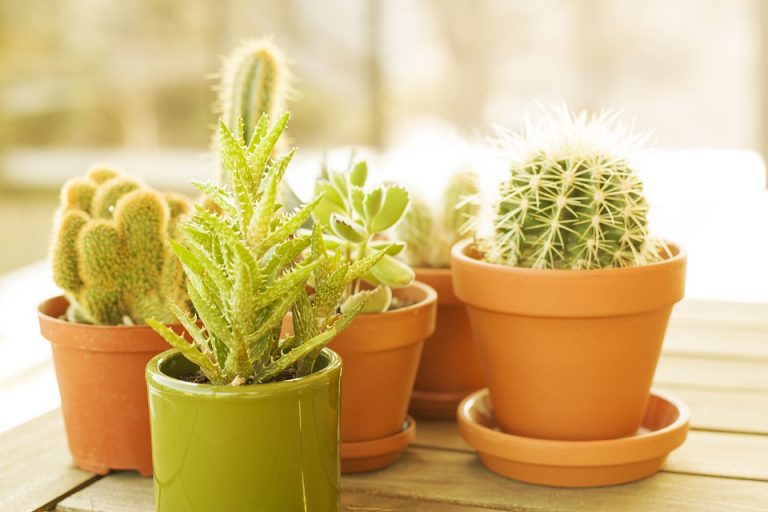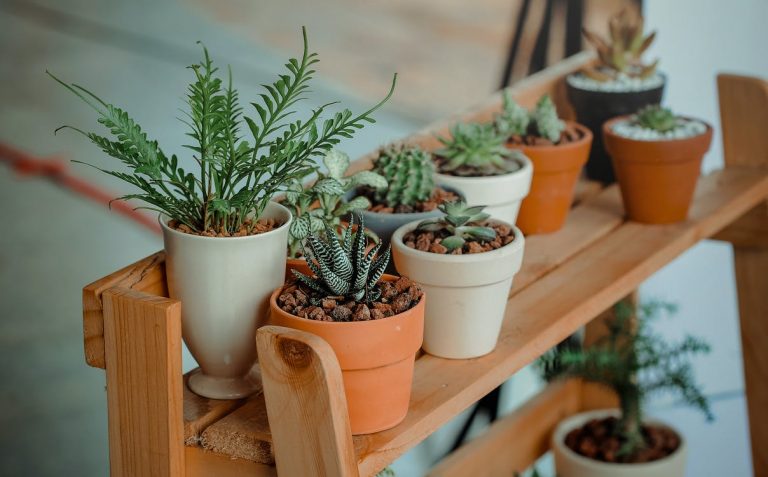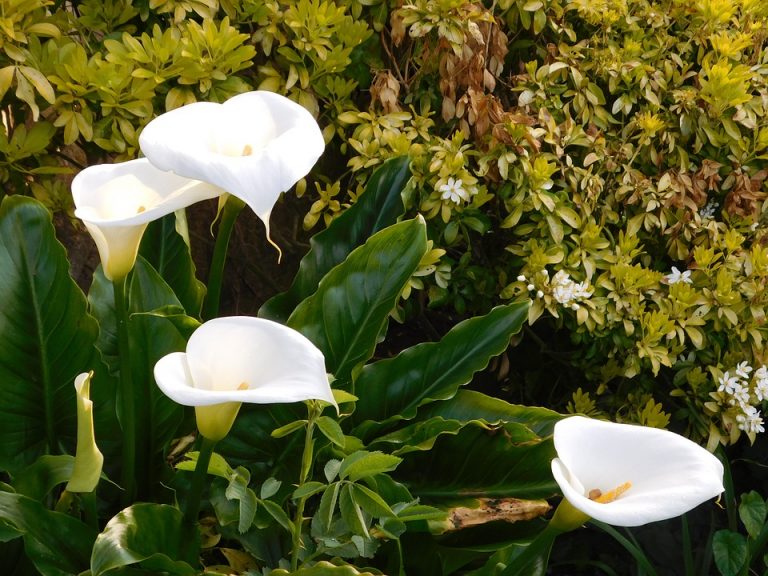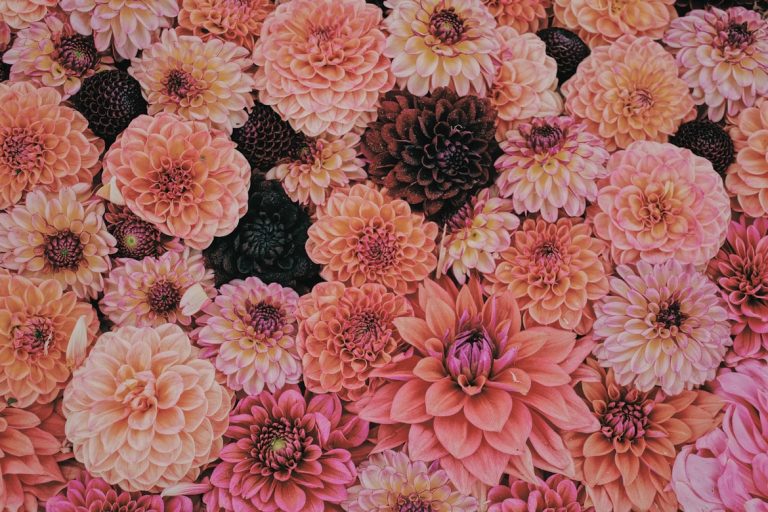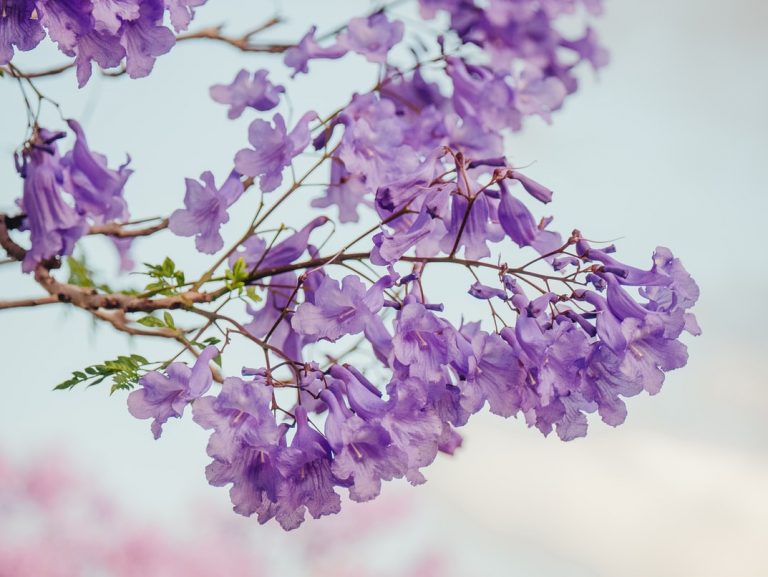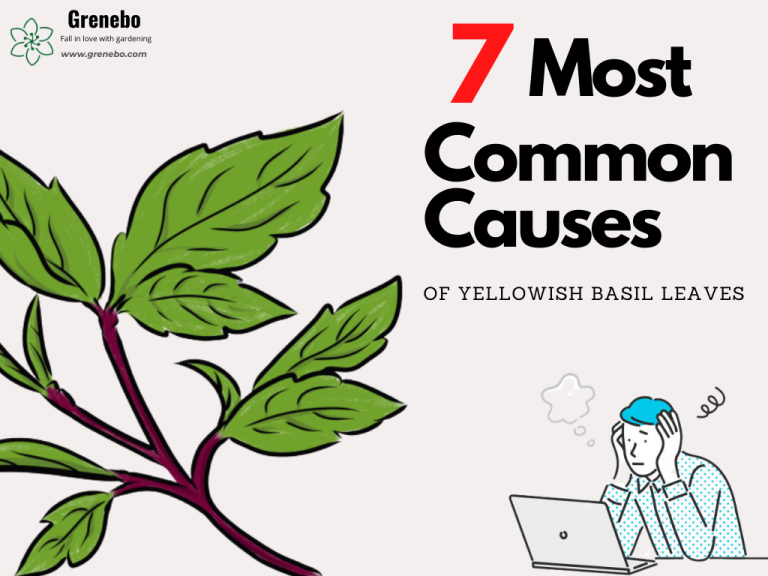How to Grow and Care for Alliums?
About Alliums
The Alliums are a large family, one of the largest. They are a diverse group of plants that includes many garden favorites, from the large architectural forms to the smaller types used in herb gardens and rockeries. The last group includes the culinary onions and garlic.
Allium is the Latin word for garlic and was originally applied because several Allium species have a garlic odor. Some genera formerly included in Allium are now separated into genera of their own. These include Nectaroscordum, Medeola, and Tulbaghia.
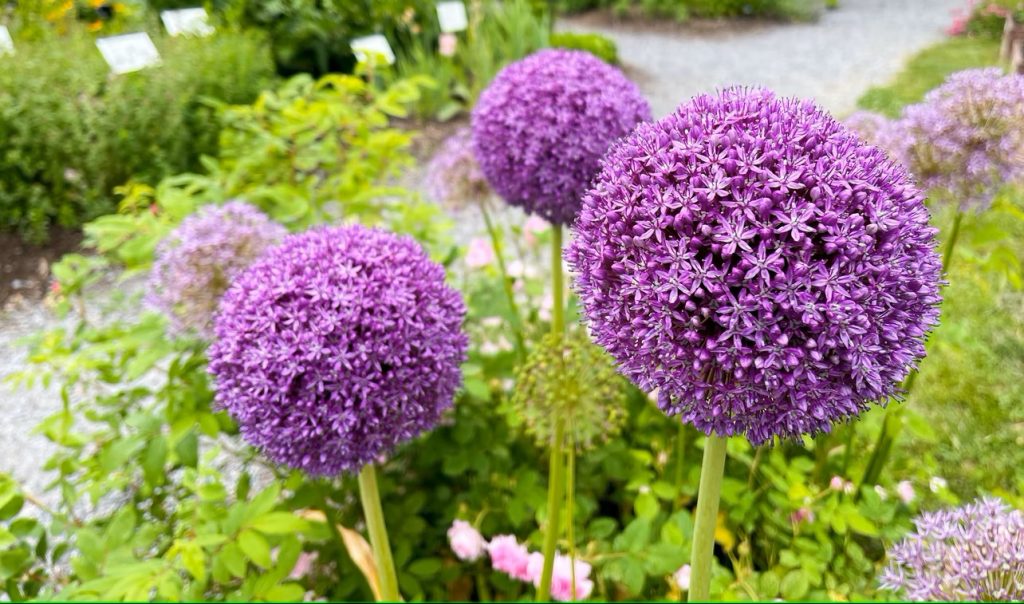
There are hundreds of species in this family, all of them bulbous, flowering plants with hollow stems, produced from bulbs or rhizomes. Most have umbels of flowers in shades of white through to pink and purple at the top of a leafless stem.
Many members of this family are cultivated for culinary use. There is a wide variety of onions and garlics grown today, with different flavors and pungency. Onions, garlic, scallions, shallots, and leeks are all common members of the onion family that we eat; this family’s leaves are generally linear in shape with parallel veins and strap-like with a sharp tip.
Allium plants are known for their medicinal properties and have been used to treat ailments such as headaches, stomach issues, and even cancer.
Types Of Allium Plants
The most popular types of allium plant are onions. There are several different varieties of onions which include:
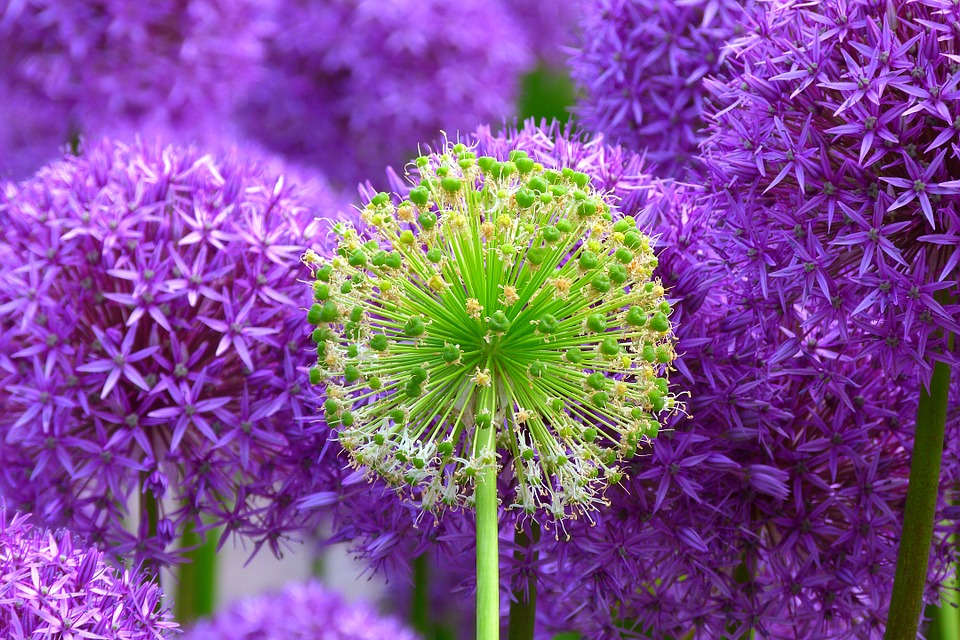
Red onion: This is a small red onion with white flesh and a mild flavor. It is usually eaten raw or cooked. It can be eaten fresh or cooked with other ingredients such as garlic cloves and salt.
Yellow onion: This is a large yellowish-brown onion with yellowish-green flesh and an intense flavor that makes it very popular in salads. It can be eaten raw or cooked like a potato.
White onion: This is a medium-sized white onion with white flesh and a mild taste. It can be eaten raw or cooked like a potato.
Shallots: These are small purple-brown onions with purple skin and white flesh. They have no flavor but they add color to dishes when cooked or sliced thin for salads. Their color may also vary depending on how ripe they are when harvested from the ground!
Growing Alliums
Alliums are easily grown, beautiful flowers that can be produced in almost any climate. Whether you’re looking to grow them by the handful or by the hundreds, these flowers will thrive with just a little care and attention.
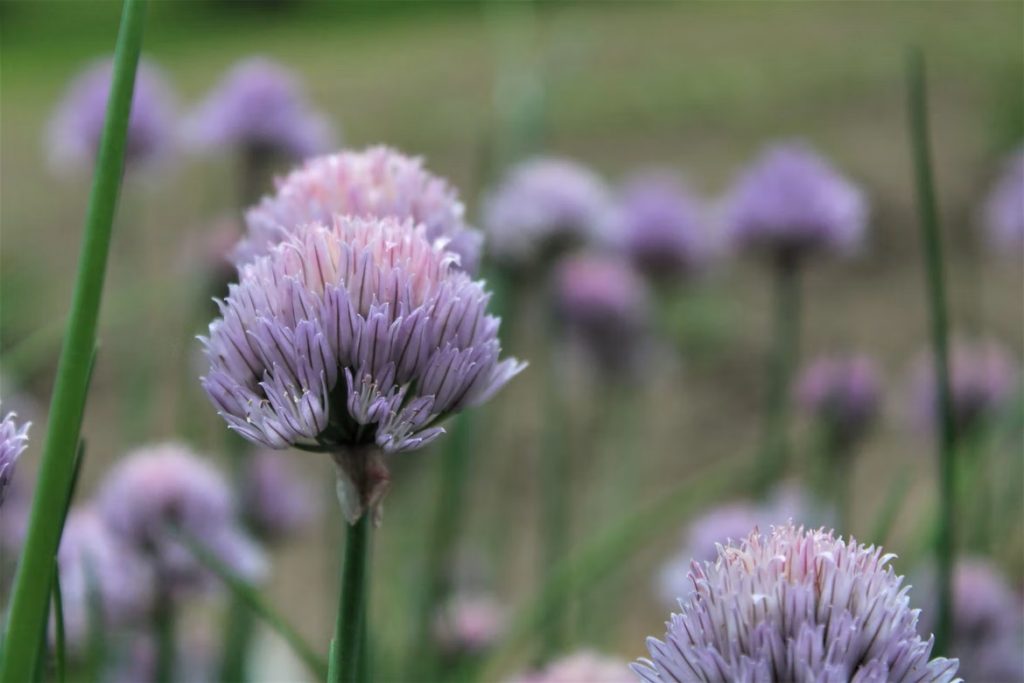
The first step in growing alliums is choosing the right variety for your garden. There are many types of alliums, each with its characteristics. Some, like Allium giganteum and A. cristophii, can grow up to six feet tall and have large flower heads (up to eight inches across!). These are best suited to back borders or in a cut flower garden—they’ll make an impression! Other varieties, such as A. ursinum, A. canadense, or A. schoenoprasum, grow more slowly but also have larger blooms than you might expect from a plant that only gets to be about two feet tall at its peak maturity.
And then there are the alliums that bloom in spring instead of summer: A. nigrum and A. flavum both have small flowers (only three inches across!) and bright green leaves that add a pop of color to your garden before everything else has even started growing!
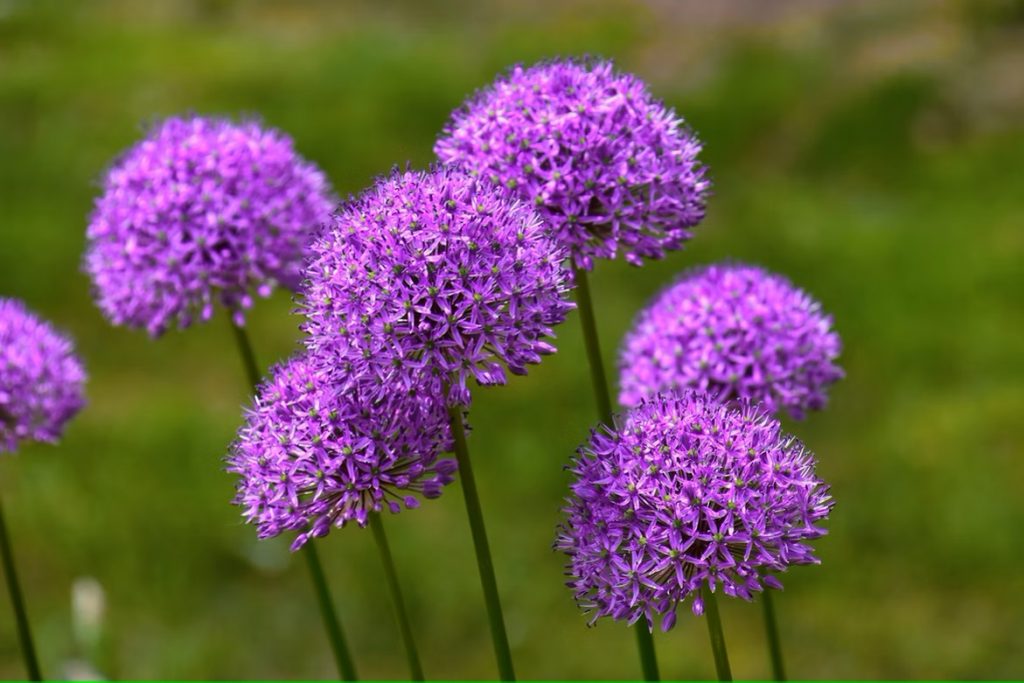
Caring Alliums
Soil
Alliums like a soil pH of around 6.0—if your soil is too acidic, you’ll want to add some lime to it before planting. They also like well-drained soil that has been amended with organic matter such as compost or leaf mold.
Sun
Most alliums will thrive in full sun and need at least 6 hours of direct sunlight a day. However, if you live in an area where the summer sun can get pretty intense, you may want to plant them somewhere that gets shade for most of the afternoon—this is especially important for purple alliums, which can fade in the summer sun (see more below).
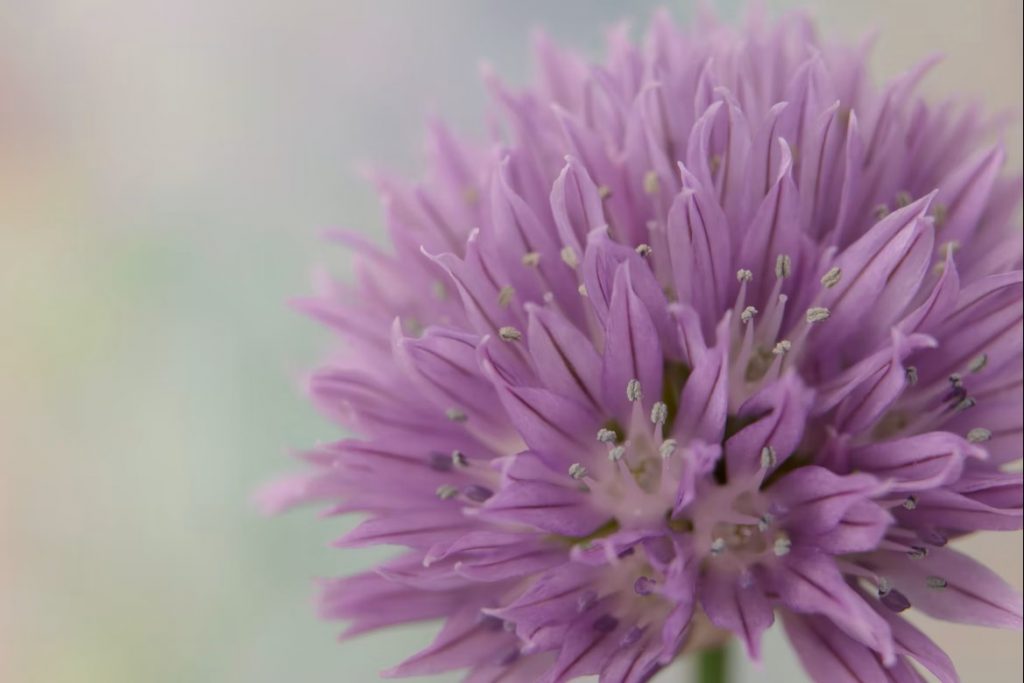
Watering
Once alliums are established, they’re generally drought-tolerant, but they do best with regular watering until they are established—about 1″ per week.
Fertilizer
You don’t have to fertilize your alliums, but if you choose to do so, be sure not to overdo it as this can lead to leggy plants and/or smaller blooms.
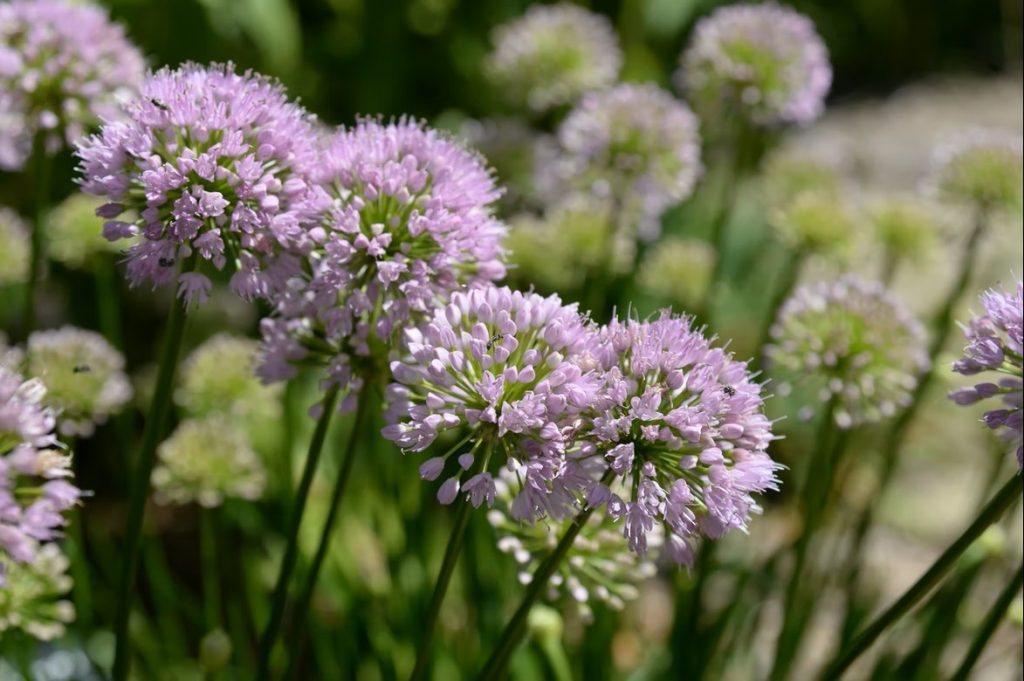
Propagating Alliums
You can propagate Alliums in two ways, by seed or by division. Propagating by seed is the most common method. Seed propagation is so simple that it can be accomplished with a few household items, such as a paper cup and some potting soil.
Seed Propagation:
Step 1: Fill the paper cup with potting soil and water until it’s moist throughout.
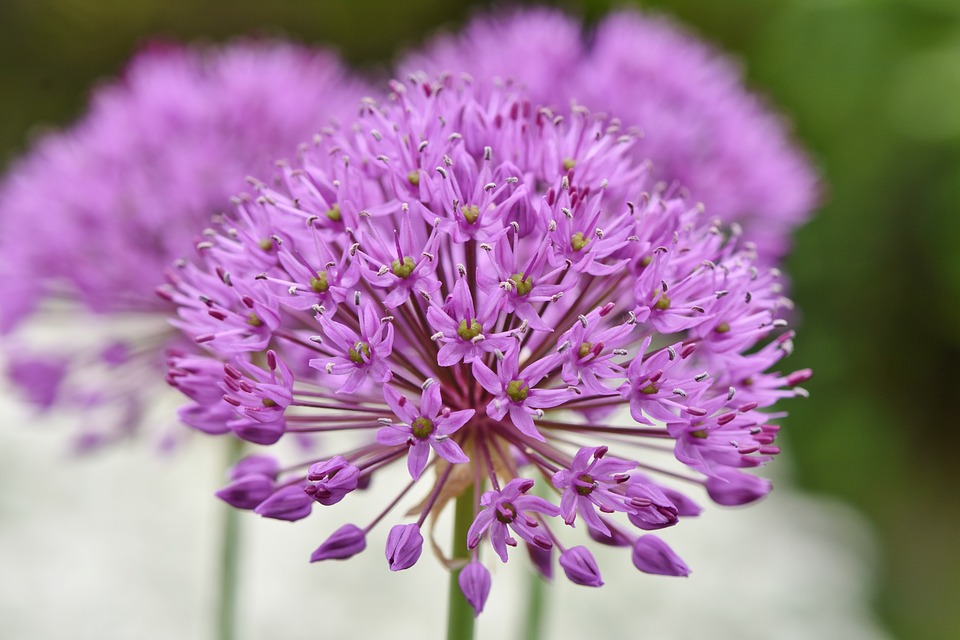
Step 2: Sow the seeds in the soil, spreading them evenly across the top of the soil. Cover the seeds with a light layer of potting soil and water again to moisten the new layer of soil.
Step 3: Place the cup in an area that gets plenty of sunlight, such as near a window that faces south or west.
Step 4: Water when the top layer of soil becomes dry, but don’t overwater to avoid rot.
Step 5: Transplant when your seedlings are large enough to handle into individual pots or outside into your garden.
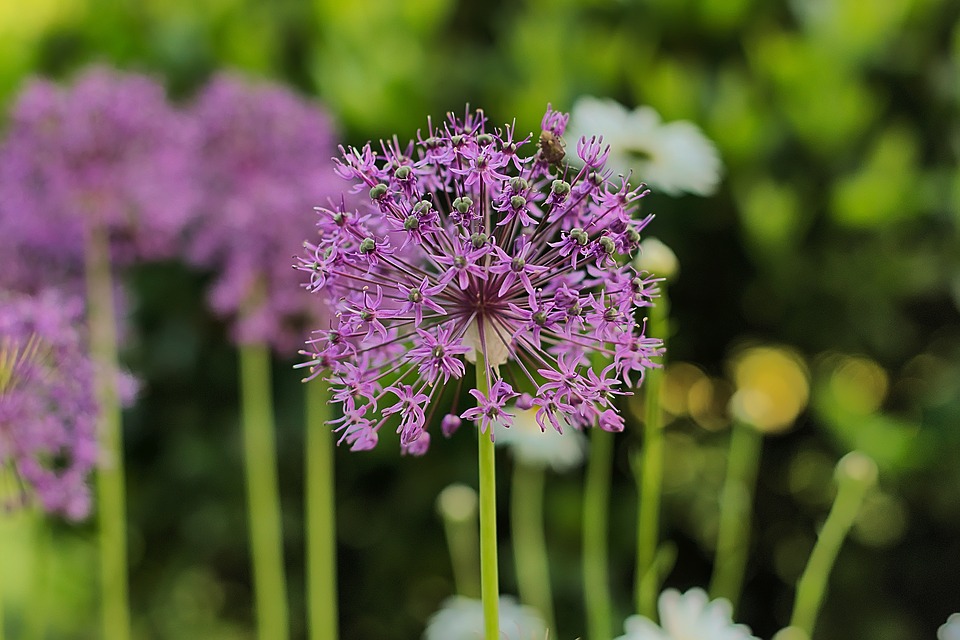
Division Propagation:
Cut your plant bulbs into two or three sections, depending on how large they are. Each section should contain an intact growing point and root material. Plant each new bulb into fresh potting soil or outside into your garden. Make sure to visit them once in a while to monitor their health and growth.
Pest and Disease Control
Alliums are generally hardy and trouble-free, but there are a few pests and diseases you might encounter.
The most common problem reported on alliums is onion thrips. This insect can cause severe damage to leaves and stems. Late plantings are subject to thrips damage as well as early plantings that survive late spring freezes. Thrips overwinter in grasses and other plants. Onion thrips may be controlled with insecticide treatments during the growing season. Avoid planting alliums in fields with high thrip populations. Irrigating the field before planting will help control thrips by reducing their food source (weed species).
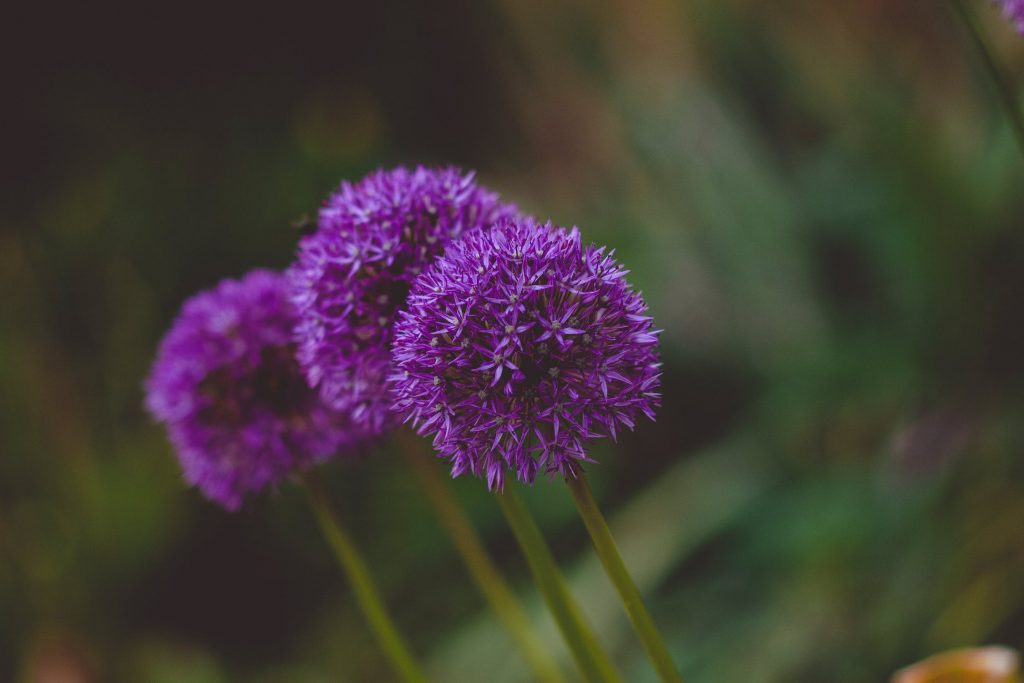
Onion fly (Delia Antiqua) is a small grey fly that lays its eggs at the base of onion plants. The larvae feed on the roots, eventually causing the plant to wilt and rot. Aim to prevent infestations by regularly checking at the base of your plants for any sign of maggots or eggs, and removing any affected plants. You can also try growing varieties with strong foliage, as these will be more likely to withstand attack. For more information, read our article on how to avoid onion pests and diseases.
Leek moth (Acrolepiopsis Assectella) is a relatively new pest in the UK, first recorded in 2006. It can be very destructive; the caterpillars eat large holes in leaves, reducing yield considerably
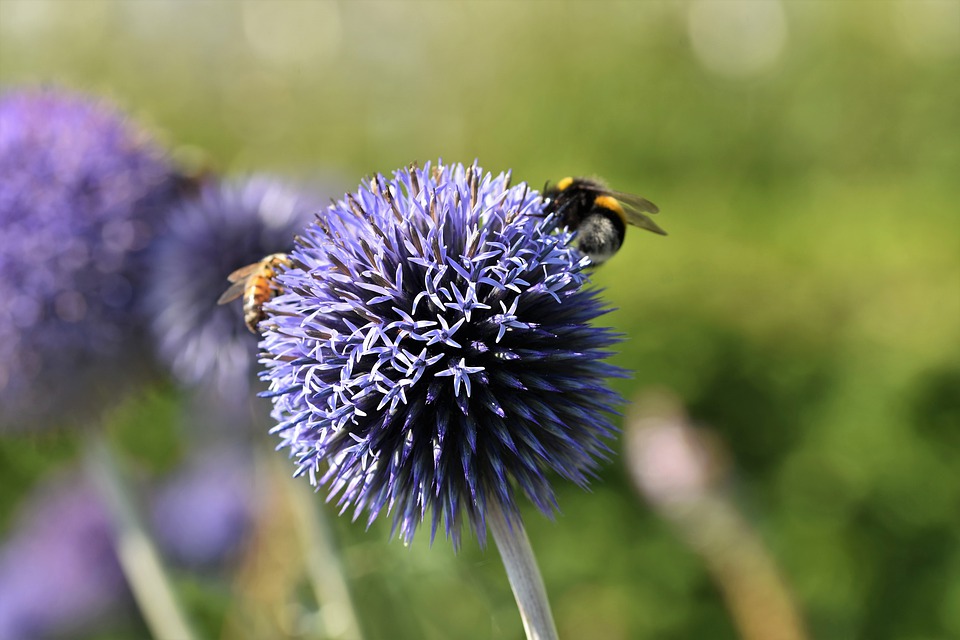
The most effective control is to prevent infection by avoiding direct contact between the base of stems with the moist ground by keeping soil levels high around the plants or planting on raised beds. In some cases, nets may be necessary to exclude flies from entering crops as they are attracted to them for laying eggs where there is moisture. This netting needs to be kept taut to avoid trapping flies inside it with your crops!

